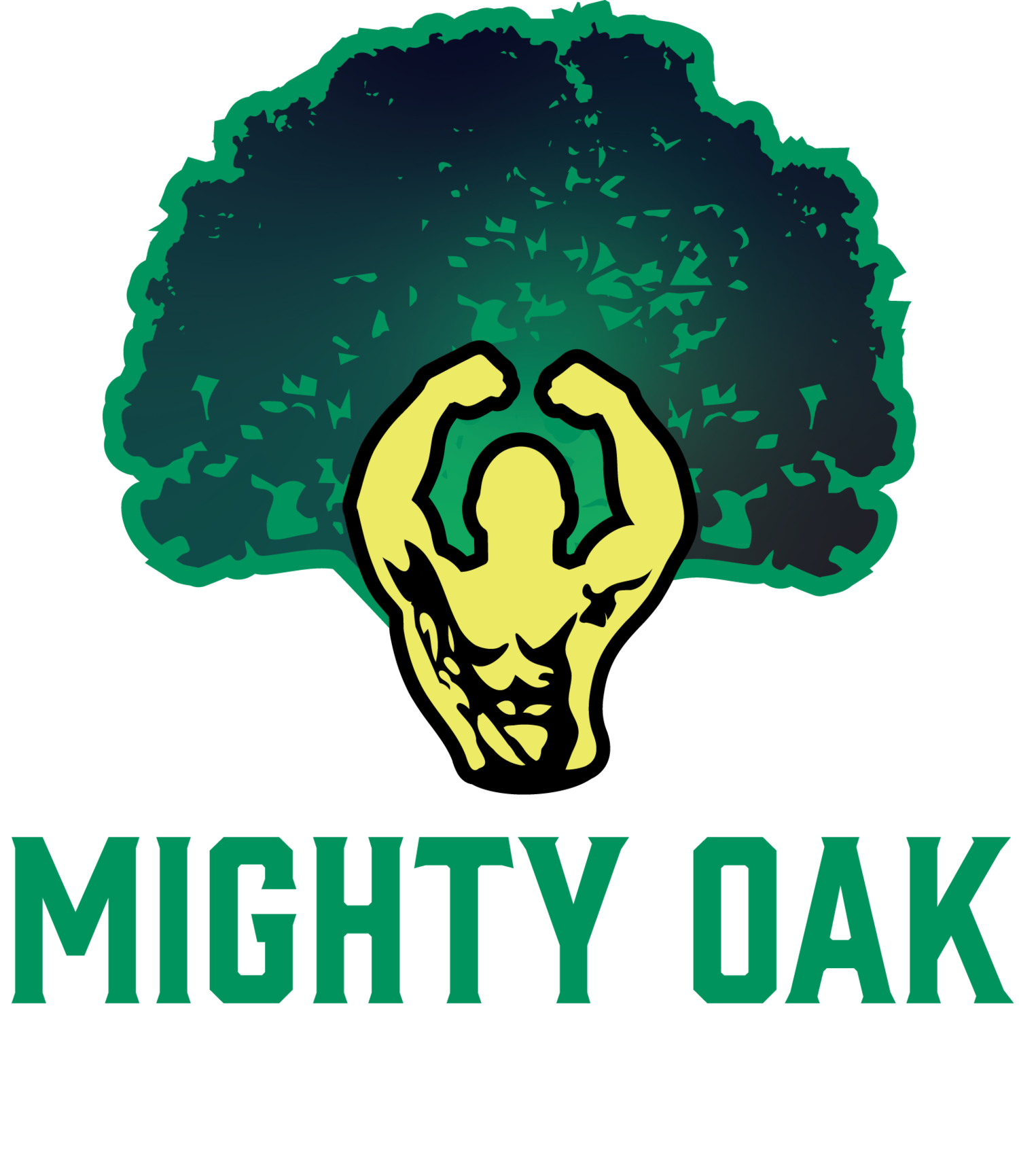How To Boost Your Child's Swimming Performance with Strength Training
The Power of Strength Training in Youth Swimming
From the serene ripples of local pools to the roaring waves of Olympic-sized arenas, swimming is an athletic endeavor loved by many and pursued passionately by countless youths. As parents, coaches, and guardians, it is our duty to ensure our young swimmers harness every advantage available. One often overlooked advantage is strength training, an essential tool that can propel young swimmers to new heights.
1. Enhancing Muscular Strength and Endurance:
At the heart of strength training is the development of muscle power and endurance. For young swimmers, this translates into the ability to maintain optimum form for longer periods and produce more force with each stroke. As their muscles become stronger, they can push water more efficiently, leading to faster swimming speeds.
2. Injury Prevention:
Swimming, while a low-impact sport, is not without its risks. Repetitive motion can lead to overuse injuries, especially in the shoulders and back. Strength training fortifies the muscles and joints, making them more resilient against the strains of rigorous swimming routines.
3. Improved Body Awareness:
Strength training goes beyond muscle. It instills a sense of proprioception – understanding where one's body is in space. This heightened awareness is invaluable in swimming, helping swimmers fine-tune their strokes, turns, and dives for optimum performance.
4. Boosting Metabolic Efficiency:
An often-overlooked benefit of strength training is its ability to improve metabolic health. For kids, this can result in better energy utilization during swim meets and practices, ensuring they remain energetic and vibrant throughout their sessions.
5. Building Mental Fortitude:
The discipline required in strength training can foster mental toughness. This resilience can be channeled into swimming, teaching kids to push through when fatigue sets in, and cultivating a never-give-up attitude.
6. Enhanced Core Stability:
The core is the powerhouse for swimmers, providing stability and control. Strength training, especially exercises targeting the core, ensures that swimmers have the midsection strength to maintain their form and power through the water.
7. Long-Term Athletic Development:
By introducing kids to strength training early on, we set them on a path of lifelong fitness and athleticism. The foundation built in their youth will serve them well into adulthood, whether they continue in competitive swimming or branch into other athletic pursuits.
Strength training is not just for those on dry land. For our young swimmers, it offers a myriad of benefits that can drastically improve their performance in the water. By integrating it into their routine, we are not just nurturing better swimmers but creating holistic athletes ready to conquer any challenge that comes their way. So, let’s dive into this potent tool and watch our young swimmers soar to unparalleled depths.

